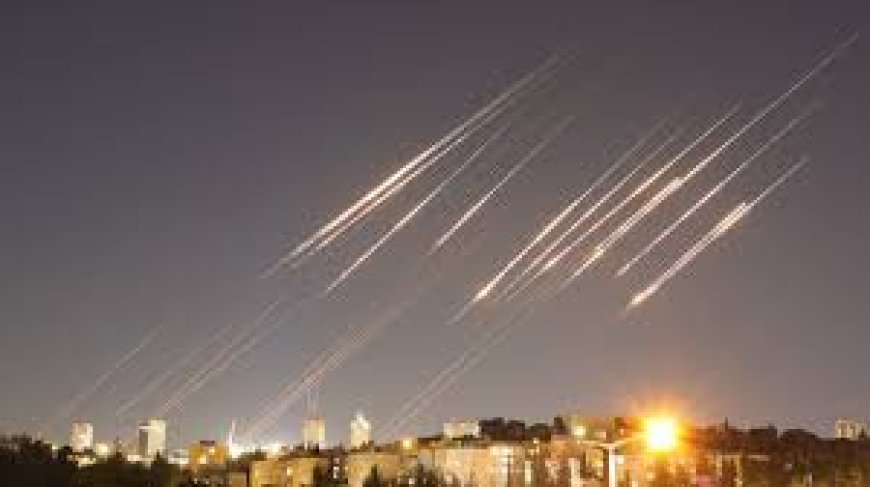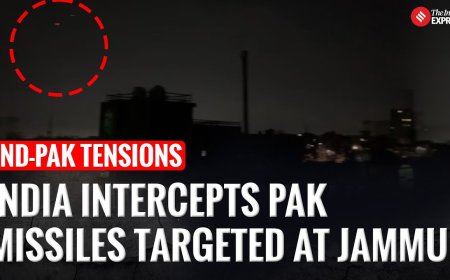Israel killed at least 14 scientists in unprecedented attack on Iran's nuclear infra
Israel confirms the targeted killing of 14 Iranian nuclear scientists during coordinated strikes. Experts weigh strategic setbacks, market volatility, and investor implications.

In a dramatic escalation of the conflict between Israel and Iran, Israeli forces have confirmed the targeted killing of at least 14 Iranian nuclear scientists during coordinated airstrikes on Tehran and key nuclear facilities. Officials describe the operation as “unprecedented” in scale and precision, delivering a significant blow to Tehran’s nuclear ambitions.
🇮🇱 Strategy and Execution
The initial wave, launched on June 13 under the code‑name Operation Rising Lion, deployed more than 200 Israeli warplanes, reportedly striking over 100 military and nuclear sites. Among those killed were physicists, chemists, and nuclear engineers—some in their own homes—selected for their integral roles in developing nuclear weapons capability . Israeli Ambassador to France Joshua Zarka asserted that this “sets back” Iran’s nascent weapons program by “quite a number of years”.
Augmenting kinetic operations, Mossad used covert drone strikes and human intelligence networks across Iran to identify and neutralize key personnel—building a dual mechanism of sabotage and elimination
Strategic Impact vs. Long-Term Roadblocks
Analyst Insights
Despite the blow, international experts caution Iran retains a deep bench of nuclear expertise. David Lammy, UK Foreign Secretary, remarked, “Strikes cannot destroy the knowledge Iran has acquired over several decades…”. A senior Western scientist added, "We can't kill decades of institutional memory; they will rebuild."
Nevertheless, Reuters reports indicate Iran’s nuclear stockpile remains substantial—capable, if enriched further, of producing enough material for approximately nine warheads. With Fordow’s vaults largely intact and enriched to nearly 60%—a short step from weapons-grade—Western intelligence warns covert operations may escalate.
The Washington Factor: U.S. Involvement
In a closely coordinated move, the U.S. launched Operation Midnight Hammer on June 22 using B‑2 stealth bombers and submarine-launched Tomahawks to strike Natanz, Fordow, and Isfahan. While Washington claims the strikes inflicted “extremely severe damage,” Iran insists the impact was “superficial” and reversible.
These U.S. strikes signaled a new phase in collaboration between the two allies—and raise questions about whether military escalation now takes precedence over diplomacy.
Legal and Ethical Dimensions
The striking of scientists—typically civilians—raises contentious legal debates. Israeli officials argue these were combatants actively contributing to nuclear weapons development. Critics, however, warn targeting civilian personnel sets a dangerous humanitarian precedent. International bodies, including the IAEA, have emphasized that armed force alone cannot supplant nuclear diplomacy .
Market Shockwaves
The strikes have triggered broad financial market volatility:
-
Oil: Brent crude surged nearly 8%, briefly breaching $90 a barrel due to Gulf supply fears—though prices have since slightly retracted .
-
Defense Stocks: Shares of major U.S. and Israeli defense contractors saw a 3–5% bump, gaining from anticipated increases in regional military demand.
-
Safe‑Haven Currencies: The U.S. dollar and Japanese yen strengthened as investors deflected risk away from equities, while indices like the S&P 500 dipped 1.2%.
Investor Outlook: What Comes Next?
Short‑Term Outlook
Expect continued market nerviness. Iran may retaliate with missile barrages, prompting insurance spikes and price swings in commodities. Energy traders should brace for renewed volatility.
Medium‑Term View
Look for potential stabilization if diplomatic negotiations resume, perhaps under a new U.S.- or EU-led initiative. Defense suppliers may continue benefiting from elevated tensions.
Risks & Caveats
• Further strikes by Israel—possibly on entrenched Fordow—could escalate toward broader regional conflict.
• Iranian counterattacks may impair shipping lanes, pressuring global energy supply.
• A collapse of ceasefire efforts could spook risk‑asset investors, fueling more capital movements into bonds and gold.
Bottom Line for Businesses & Investors
-
Portfolio Hedging: Allocate a heavier hedging component—gold, short-duration bonds, energy futures—amid uncertain geopolitical backdrops.
-
Defense Sector: Consider selective exposure to defense firms poised to gain from ongoing escalation.
-
Emerging Markets: Stay cautious with regional equities and currencies sensitive to Middle East volatility.
-
Diplomacy Watch: Track breakthroughs—ceasefire deals, Iran-U.S. talks—as they could deflate risk premiums and restore calm to markets.
What's Your Reaction?
 Like
0
Like
0
 Dislike
0
Dislike
0
 Love
0
Love
0
 Funny
0
Funny
0
 Angry
0
Angry
0
 Sad
0
Sad
0
 Wow
0
Wow
0












































































